Having a robust IT Compliance Strategy is crucial for 2024. The financial tremors of 2022 have left an indelible mark on the operational outlook in the coming new year. With the world grappling with inflation, rising interest rates, and the cost of living skyrocketing – all amidst post-pandemic recovery and geopolitical tensions – businesses find themselves in a new kind of crucible. This pressure cooker does not spare compliance teams, which are critical in safeguarding the integrity and legal fortitude of financial institutions.
Compliance Cost Dynamics in the Financial Sector
The financial implications of maintaining compliance are steep and climbing, as underscored by the intensified scrutiny and complex regulatory requirements in the wake of recent global events. This year, compliance costs continue to soar due to new sanctions and the overarching need to stay ahead in a competitive market. Among the many reasons for these cost increases:
- Compliance roles have grown in responsibility due to geopolitical unrest, economic instability, banking failures, and the emergence of new technologies like crypto-assets.
- Financial services firms are struggling with the complexities of navigating these regulations amid finite resources.
- There’s an increasing breadth of knowledge required for compliance officers to manage a growing number of regulatory changes and associated risks.
The Repercussions of Non-Compliance: A Financial Perspective
The stakes for non-compliance are higher than ever, with notable examples such as Sephora’s $1.2 million penalty under CCPA and the multimillion-dollar fines against tech giants in South Korea. These incidents serve as stark reminders of the financial and reputational risks that come with non-compliance.
Adapting Compliance in Response to Economic Pressures
In response to the economic squeeze, compliance departments are exploring avenues to mitigate the impact of reduced staff and capabilities. Rising talent costs and stringent budgets have prompted a need for strategic adaptation, with technology playing a pivotal role in maintaining operational resilience. As economic conditions tighten, financial organizations are adjusting their compliance strategies to maintain efficiency and effectiveness. They’re tackling the challenges of:
- Reduced staff and capabilities: Economizing on human resources in compliance roles due to budget constraints.
- Rising talent costs: Addressing the demand for high salaries and the competition for skilled compliance professionals.
- Technology as a resilience tool: Leveraging technology solutions to enhance compliance operations and reduce dependency on increasing headcount.
Tech and Compliance: A Synergetic Approach to Efficiency
To combat these challenges, financial services are increasingly turning to technology solutions. Data-centric security models and the adoption of zero trust frameworks are becoming prevalent strategies to manage compliance risks proactively rather than reactively.
- Data-centric security models: Protecting data through its lifecycle to meet compliance mandates.
- Zero trust frameworks: Implementing rigorous access controls and verification to prevent unauthorized data breaches.
Shifting Towards Outsourced Compliance: A Strategic Financial Perspective
- In the face of tightening economic conditions, the advantages of outsourcing compliance activities become increasingly evident. Engaging in managed services offers a flexible and cost-effective solution to bolster compliance efforts without the financial burden of expanding in-house teams.
- Navigating Technological Advances and the Scarcity of IT Expertise: As technological innovations advance, the battle to secure and maintain skilled IT professionals escalates. This struggle is compounded by an expanding array of cybersecurity threats and the imperative for uninterrupted system operations.
- Addressing Immediate and Strategic IT Requirements: Outsourcing emerges as a viable solution when in-house IT resources fall short of addressing critical strategic needs or when certain IT functions fail to perform optimally, affecting overall efficiency and value.
- Expanding Skills Access While Minimizing Risks: The trend towards IT service outsourcing is evolving from a focus on cost savings to one of accessing broader skill sets, mitigating risks, and enhancing IT service delivery, thereby aligning more closely with corporate strategy.
- The Competitive Landscape for Specialized Expertise: The fierce competition for specialized skill sets, particularly in areas like internal auditing, highlights the difficulties in attracting and retaining talent amid rising labor costs and organizational complexities.
- Adapting to Geographical and Seasonal Needs: Outsourcing presents a strategic response to the challenges of geographical expansion and the demand for part-time or seasonal staff, offering a level of flexibility not easily achieved with permanent, full-time employees.
- Rising Costs of Compliance Management: In the aftermath of the financial crisis, financial service providers witness a surge in compliance operational costs, often surpassing budget allocations for discretionary initiatives and prompting innovative approaches to cost containment.
- Interdepartmental Regulatory Compliance Initiatives: The responsibility for regulatory adherence is increasingly becoming a shared endeavor across departments, necessitating diverse executive engagement and the pursuit of regulatory efficiency through cutting-edge technologies for cost-effective compliance management.
- Leveraging New Technologies for Regulatory Efficiency: The advent of blockchain, robotic process automation, and cognitive computing technologies offers promising avenues for enhancing operational and regulatory efficiency. However, their effective integration presents complex challenges.
Conclusion: Building a Proactive Compliance Posture for Economic Resilience
The path forward for compliance in an economy beset with uncertainties is proactive and forward-thinking. It’s about turning compliance from a cost burden into a strategic advantage, ensuring that every dollar spent today saves several down the line in potential fines, reputational damage, or operational inefficiencies.
At Coretelligent, we understand the intricate balance required to navigate these complex times. Our CoreComply platform is designed to offer reliable, comprehensive solutions tailored to your unique compliance needs. By partnering with us, you can enhance your firm’s compliance strategy, safeguarding against the risks of today and preparing for the challenges of tomorrow.
Learn more about our approach to security and compliance and how we can help you thrive even in the face of economic headwinds by visiting Coretelligent Security & Compliance Solutions.

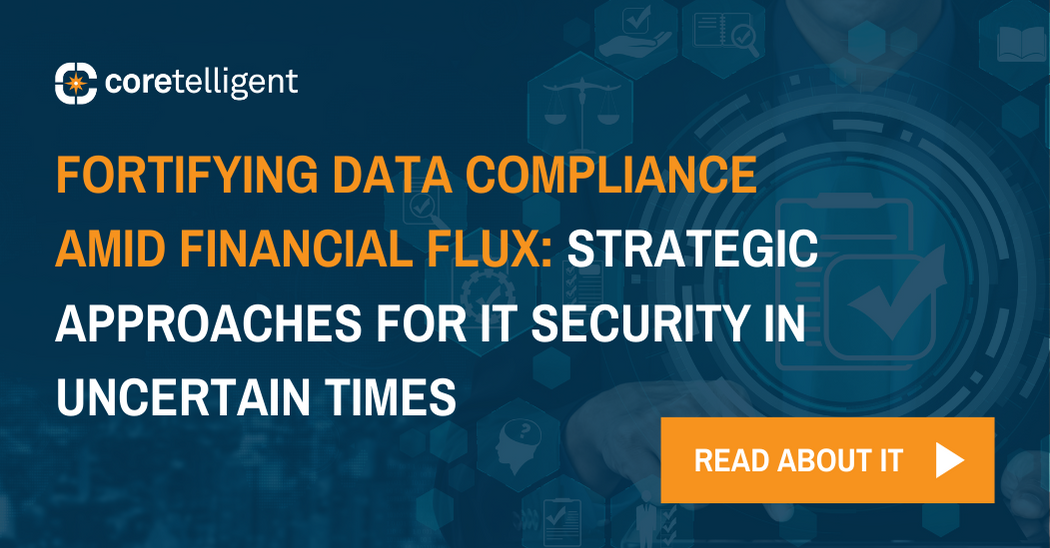
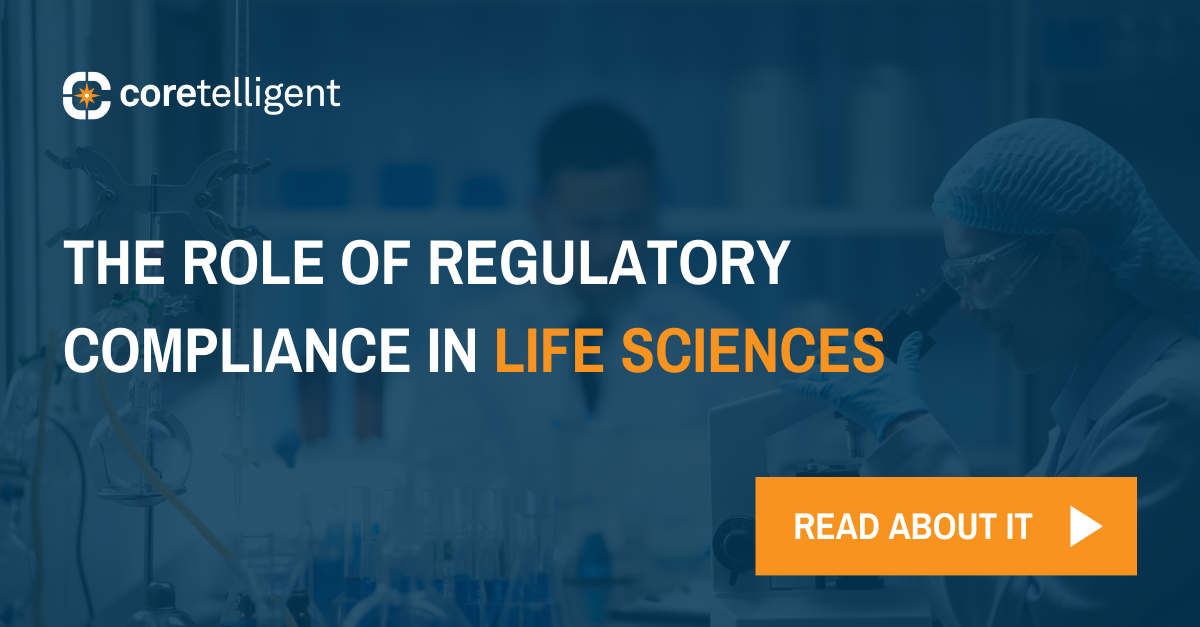

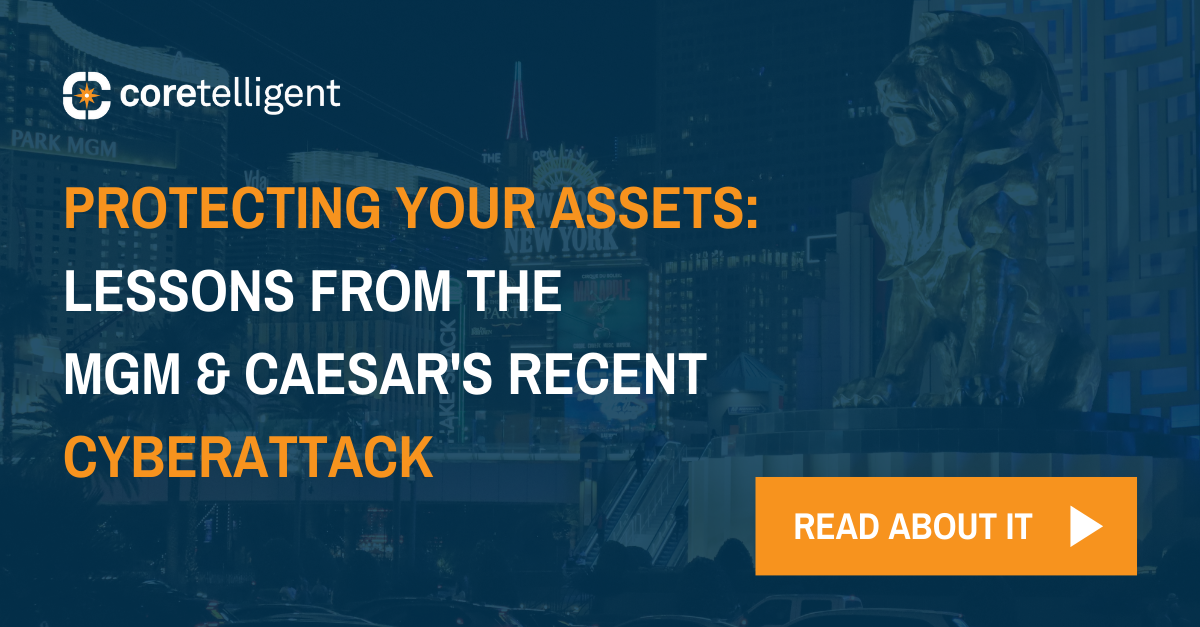

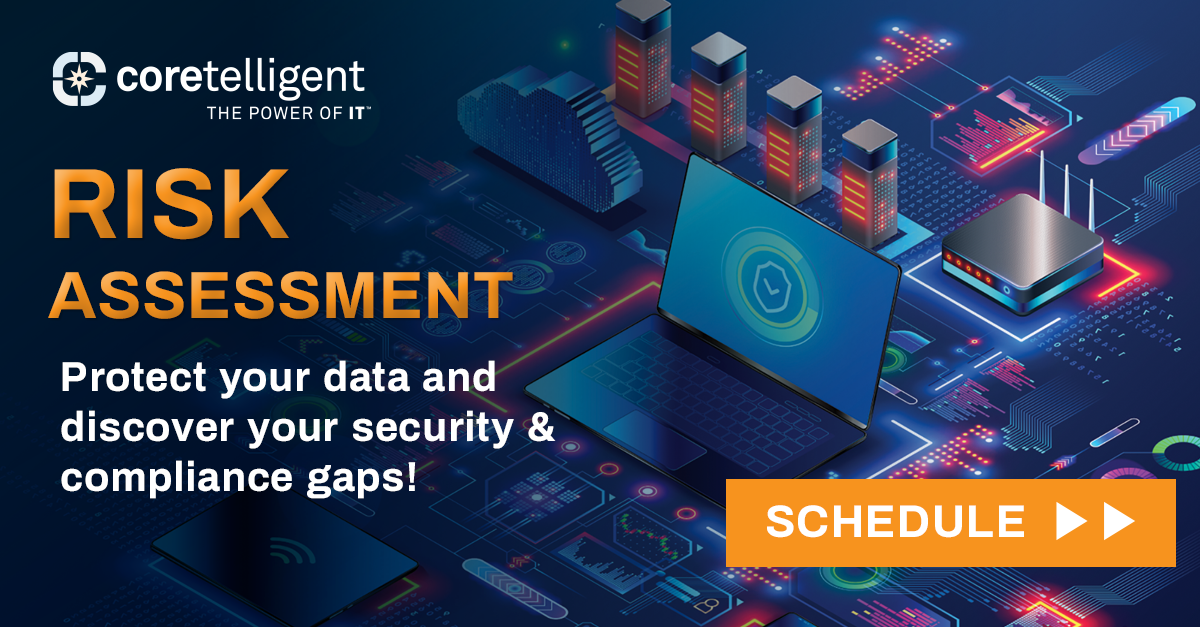
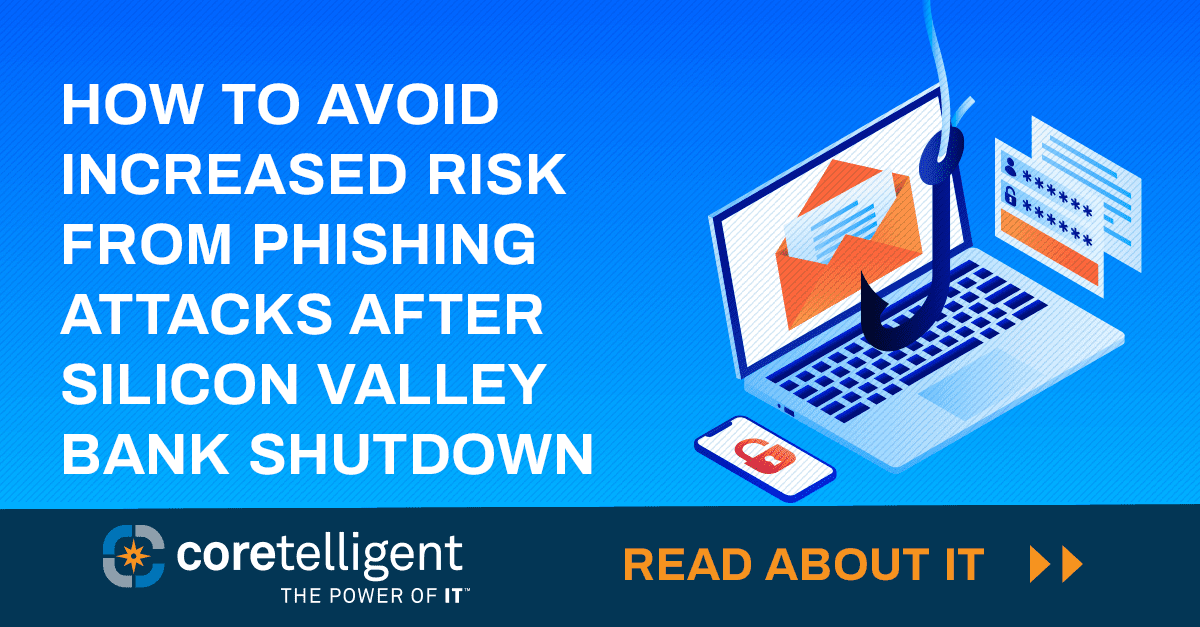

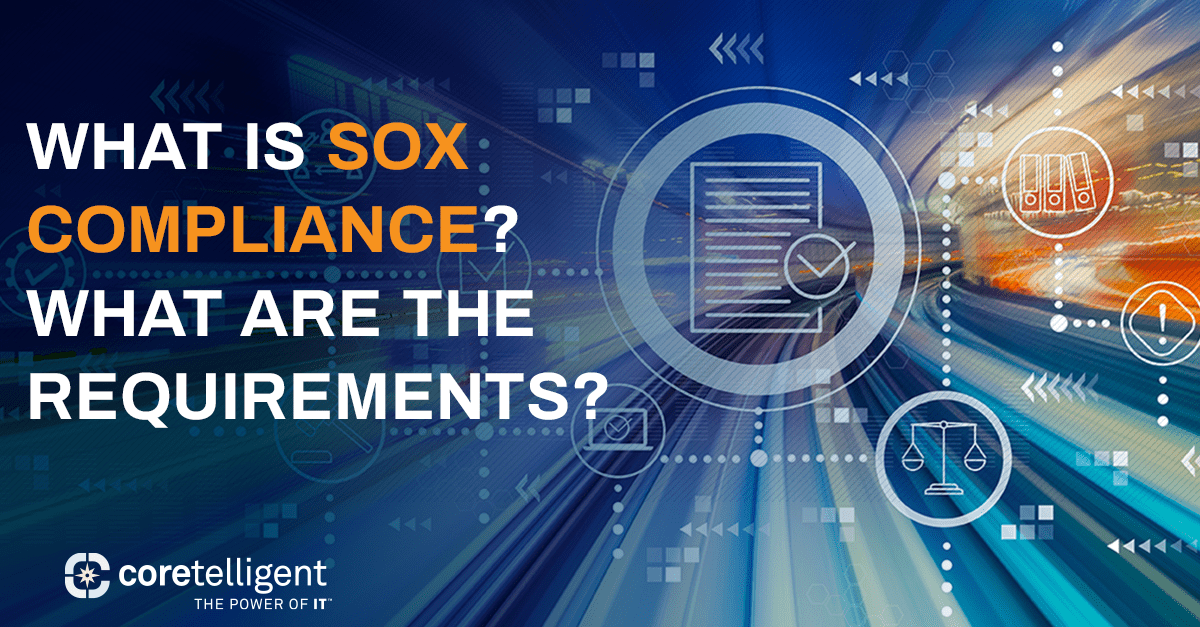



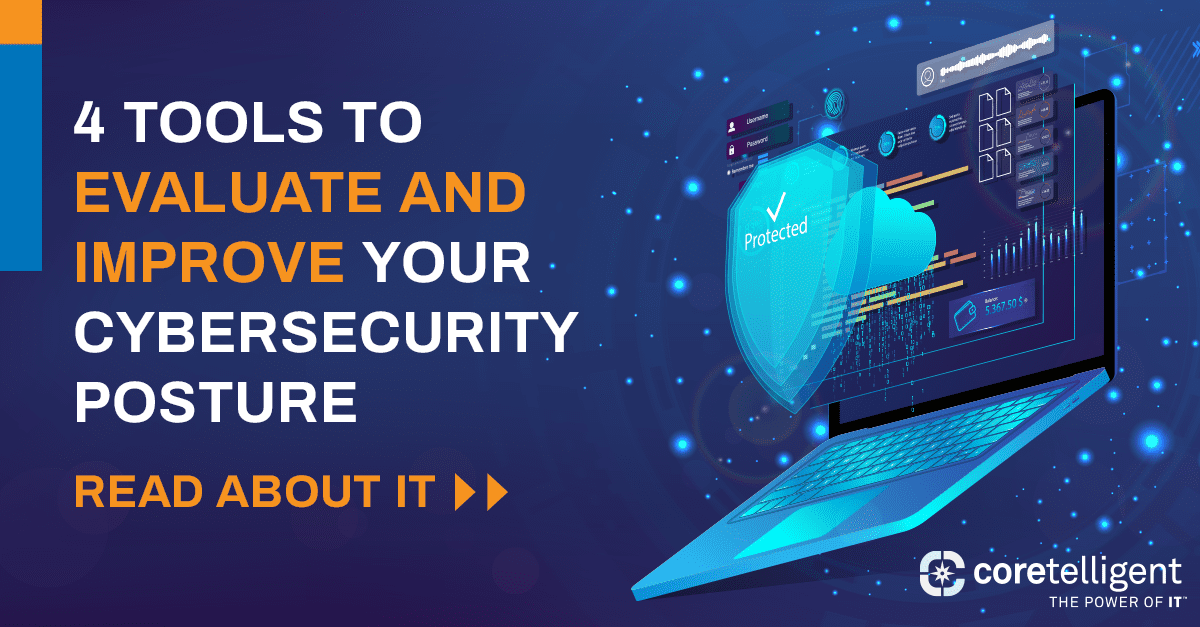
 Cybersecurity Awareness Month is recognized every October. Now in its 19th year, this month is a collaborative effort between
Cybersecurity Awareness Month is recognized every October. Now in its 19th year, this month is a collaborative effort between 
